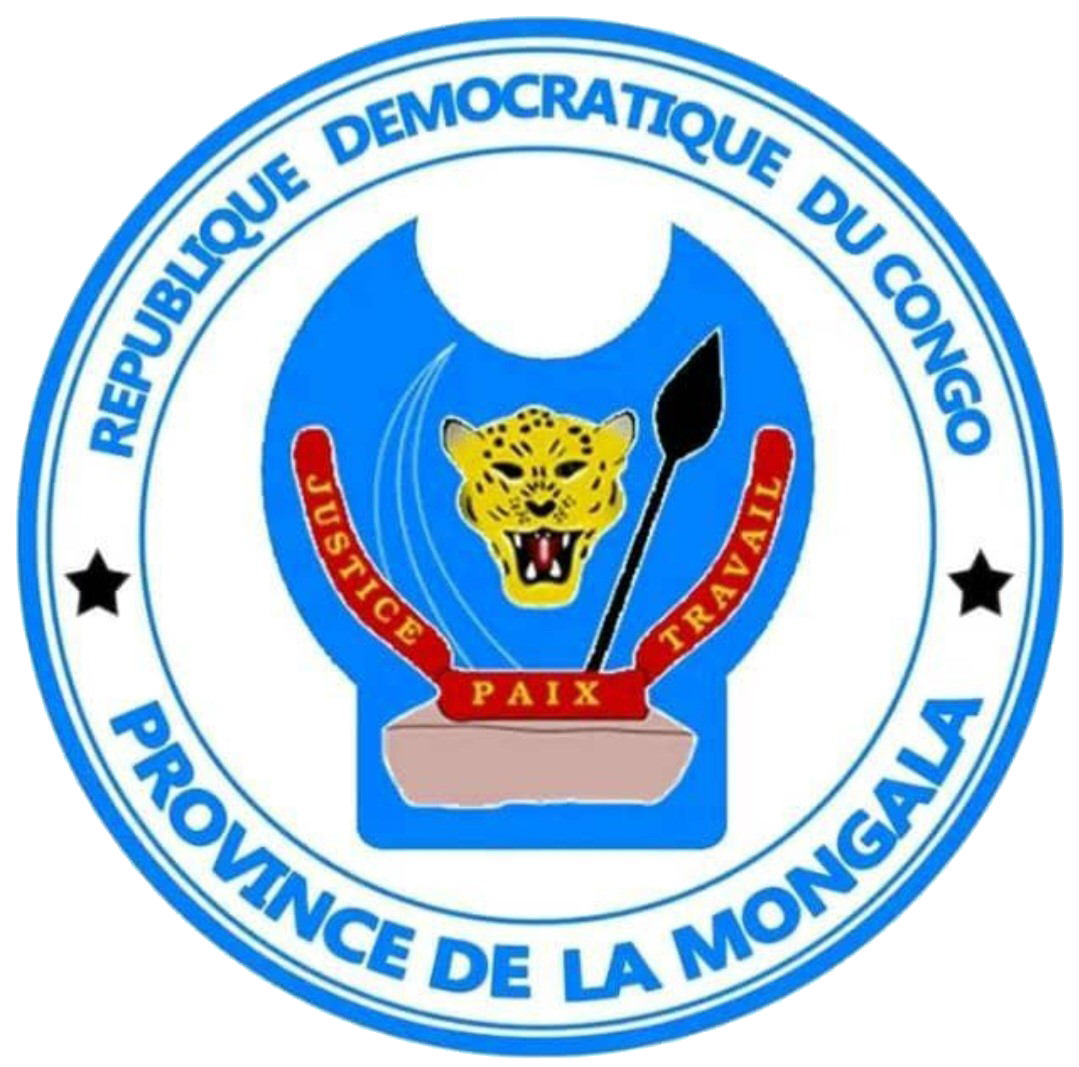
Welcome to Mongala – where nature breathes, culture thrives.

Mongala Province is blessed with a vast network of rivers and water bodies, playing a critical role in transportation, agriculture, fishing, and biodiversity conservation. The Mongala River, which lends its name to the province, serves as an essential waterway, supporting economic activities and local livelihoods. The rivers and lakes of Mongala not only enhance the region’s natural beauty but also provide freshwater resources for communities and wildlife.
📍 Location: Flows through the province, eventually joining the Congo River
🔹 Significance: Primary transportation and economic route
🚣 Key Uses: Fishing, transport, irrigation, and local trade
🐠 Aquatic Life: Home to various fish species like tilapia, catfish, and Nile perch
The Mongala River is a major tributary of the Congo River, making it one of the most important waterways in the region. It serves as a vital transport route, as many villages and towns depend on it for movement of goods, trade, and access to other parts of the province.
📍 Location: Borders Mongala and Équateur Province
🔹 Significance: Connects Mongala with Lopori and Maringa Rivers
🚣 Key Uses: River transport and fishing
🐟 Aquatic Life: Rich in freshwater fish and supports local fisheries
The Lulonga River is known for its lush, tropical surroundings, supporting wildlife, fishing, and eco-tourism. It also serves as a transport link for communities in Mongala and neighboring provinces.
📍 Location: A tributary of the Congo River, passing through Mongala
🔹 Significance: Important for fishing and agriculture
🚣 Key Uses: Local water transport, irrigation, and fish trade
🐟 Aquatic Life: Supports a diverse ecosystem of fish and amphibians
The Ikelemba River plays a crucial role in agriculture and trade, as it provides fertile land along its banks, allowing local farmers to cultivate crops that benefit from the river’s natural irrigation.
Although Mongala Province does not have large, permanent lakes, it is home to numerous small lakes, wetlands, and floodplains, which serve as important water sources for agriculture, wildlife, and human settlements.
📍 Location: Found throughout the province, especially near riverbanks
🔹 Significance: Crucial for biodiversity, fish breeding, and agriculture
🌱 Ecological Role: Supports bird species, amphibians, and aquatic plants
⚠️ Challenges: Flooding during rainy seasons affects villages and farms
Mongala’s wetlands and seasonal lakes act as natural water reservoirs, helping regulate floods and provide fertile soil for farming. These areas are rich in birdlife, making them important for eco-tourism and conservation.
✔️ Fishing Industry – Provides income for thousands of families
✔️ Agriculture & Irrigation – Supports local farming with fertile riverbanks
✔️ Transportation – Rivers serve as the main routes for trade and movement
✔️ Hydropower Potential – Possibility of small-scale hydroelectric projects
✔️ Biodiversity Conservation – Supports diverse wildlife and aquatic species
✔️ Water Filtration & Climate Regulation – Wetlands absorb carbon and purify water
✔️ Flood Control – Natural river systems help prevent excessive flooding
⚠️ Major Challenges:
❌ Deforestation & Soil Erosion – Leading to river siltation and reduced water quality
❌ Illegal Fishing Practices – Overfishing threatens fish populations
❌ Water Pollution – Due to waste dumping and agricultural runoff
❌ Climate Change – Affects rainfall patterns and river flow
🌱 Conservation & Sustainable Development Efforts:
✅ Government Regulations on Fishing & Deforestation
✅ Eco-Tourism & Sustainable Fishing Programs
✅ Water Management Projects for Flood Control & Irrigation
Mongala Province’s rivers and wetlands are essential for transportation, agriculture, fishing, and biodiversity conservation. Protecting these water bodies through sustainable management and eco-friendly development is key to ensuring their long-term benefits for both the environment and local communities.




© 2022 All right reserved & Powered By Excel Geomatics Pvt.Ltd